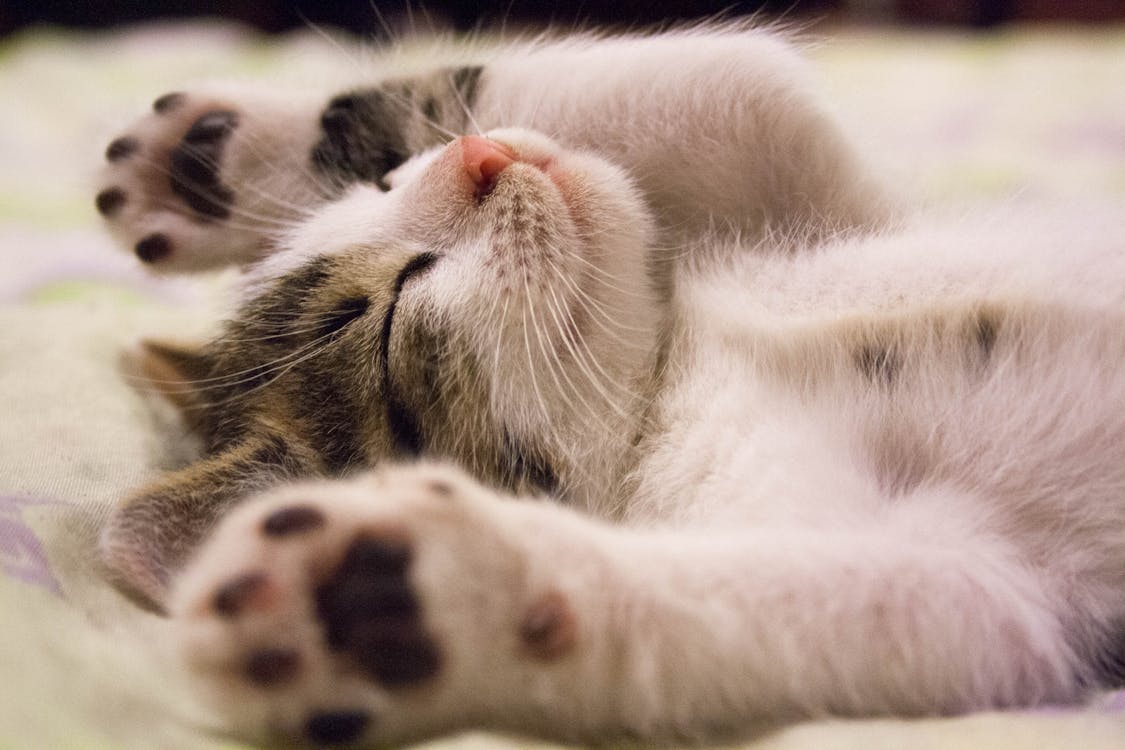Cat Enrichment: Fun Activities to Keep Your Indoor Cats Stimulated
Indoor cats may lead safe, comfortable lives, but without proper stimulation, they can become bored, stressed, and even develop health problems like obesity or anxiety. Enrichment is crucial to keep their minds sharp and bodies active, allowing them to express natural behaviors like hunting, playing, and exploring. If you’re looking for ways to keep your indoor cat entertained and happy, here are some fun and effective activities for cat enrichment.
1. Interactive Playtime
Interactive play is one of the best ways to engage your cat’s hunting instincts. Use wand toys, feather teasers, or laser pointers to mimic the movement of prey. Playtime should mimic the hunt: start slow, allow your cat to chase, and then let them “catch” the toy at the end. This not only provides mental and physical stimulation but also strengthens the bond between you and your cat.
- Tip: Schedule playtime at least twice a day for 10-15 minutes to mimic a natural hunting cycle.
2. Puzzle Feeders and Treat Dispensers
Cats are natural hunters, and in the wild, they would spend time foraging for food. Puzzle feeders and treat dispensers provide both mental stimulation and a slow feeding process, which can help prevent overeating and obesity. These toys challenge your cat to “work” for their food, which keeps them engaged.
- DIY Option: Hide small treats around the house for your cat to find, turning feeding time into a scavenger hunt.
3. Cat Trees and Climbing Shelves
Indoor cats need vertical space to climb, perch, and observe their environment—just as they would in the wild. Cat trees, climbing shelves, and window perches give your cat safe places to jump and climb, providing both exercise and mental stimulation. It also satisfies their instinct to survey their territory from above.
- Bonus: Place a cat perch near a window for bird-watching and outdoor stimulation.
4. Rotating Toys and New Objects
Cats can quickly become bored with the same toys. To keep them interested, rotate their toys every few days. Additionally, introducing new objects like crinkly bags, cardboard boxes, or paper balls can provide novelty and spark curiosity.
- Tip: Use simple household items, such as a cardboard box or paper towel roll, to create new “toys” without spending extra money.
5. Training and Tricks
Yes, cats can be trained! Teaching your cat simple tricks like sitting, giving a high five, or running through a hoop is a fun way to mentally stimulate them. Use positive reinforcement with treats or toys to encourage desired behaviors. Training also builds trust and deepens your bond.
- Bonus: Clicker training is an effective method to teach your cat tricks. Start with simple commands and gradually increase the difficulty.
6. Catnip and Silvervine
Catnip is a natural herb that many cats find stimulating. When exposed to catnip, cats may become playful, roll around, and act excited. While not all cats respond to catnip, some prefer silvervine, another herb with similar effects. Offering catnip or silvervine toys can provide a temporary burst of enrichment and excitement.
- Tip: Offer catnip toys in short sessions to keep your cat from becoming desensitized to its effects.
7. Interactive Tech Toys
In today’s tech-driven world, there are a variety of interactive tech toys designed to engage your cat. Automated laser toys, motion-sensitive balls, and even cat-specific tablet apps can keep your cat entertained while you’re away. These toys help prevent boredom and give your cat an outlet for their energy.
- Caution: Always supervise your cat with tech toys to ensure they are safe and don’t cause frustration.
8. DIY Scratching Posts and Pads
Scratching is a natural behavior for cats—it helps them stretch, mark territory, and maintain their claws. Providing scratching posts and pads is essential for both enrichment and preventing destructive scratching on furniture. You can also make DIY scratching posts using rope, cardboard, or carpet.
- Tip: Place scratching posts near your cat’s favorite resting spots, as cats love to scratch when they wake up.
9. Create a Sensory Environment
Engage your cat’s senses by introducing new textures, smells, and sounds into their environment. This can include fleece blankets, furry toys, or crinkly paper. You can also try cat-safe essential oils (like lavender or chamomile) on their bedding or offer them new scents to explore in a controlled manner.
- Warning: Always research which essential oils are safe for cats before use, as some can be toxic.
10. Time with Other Pets
If your cat is social, another form of enrichment can be the presence of other pets. Whether it’s another cat or a calm dog, many cats enjoy the companionship of other animals. However, make sure introductions are slow and controlled to avoid stress.
- Note: Not all cats enjoy the company of others, so gauge your cat’s personality before bringing another pet into the home.
Conclusion: Enriching Your Indoor Cat’s Life
Enrichment is essential to ensure that your indoor cat stays mentally sharp, physically healthy, and emotionally happy. By incorporating a variety of stimulating activities, from interactive play to puzzle feeders and new toys, you can provide your cat with a fulfilling and enriched indoor life. Remember, every cat is unique, so experiment with different activities to find out what your cat enjoys most!
With a little creativity and attention, you can transform your home into a cat’s paradise.

















No responses yet